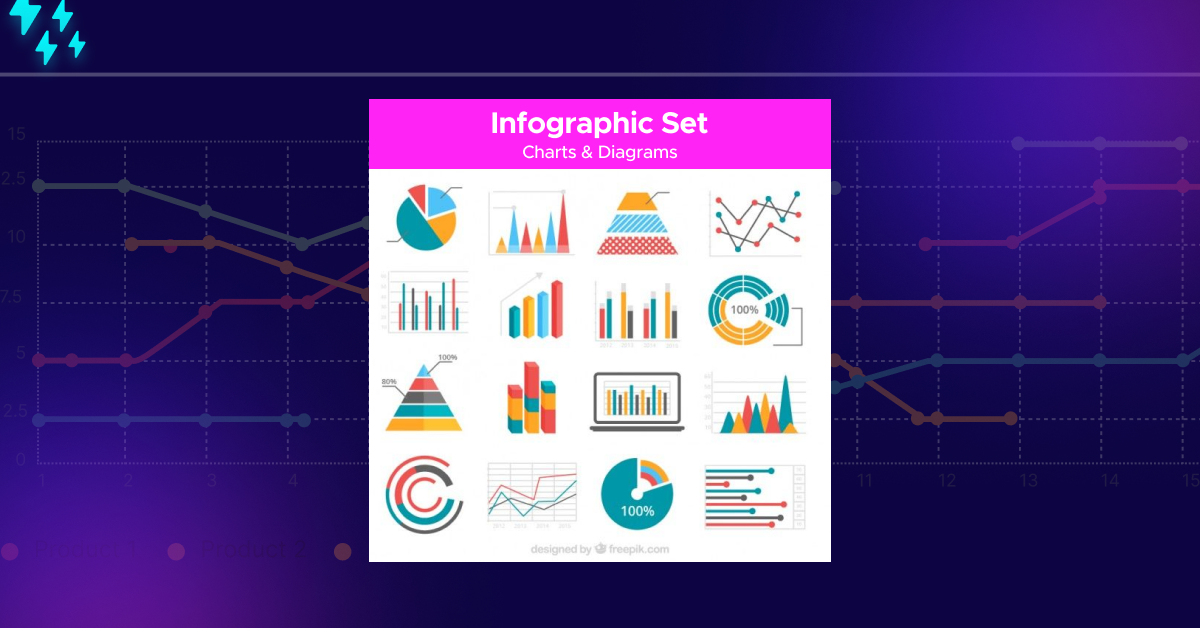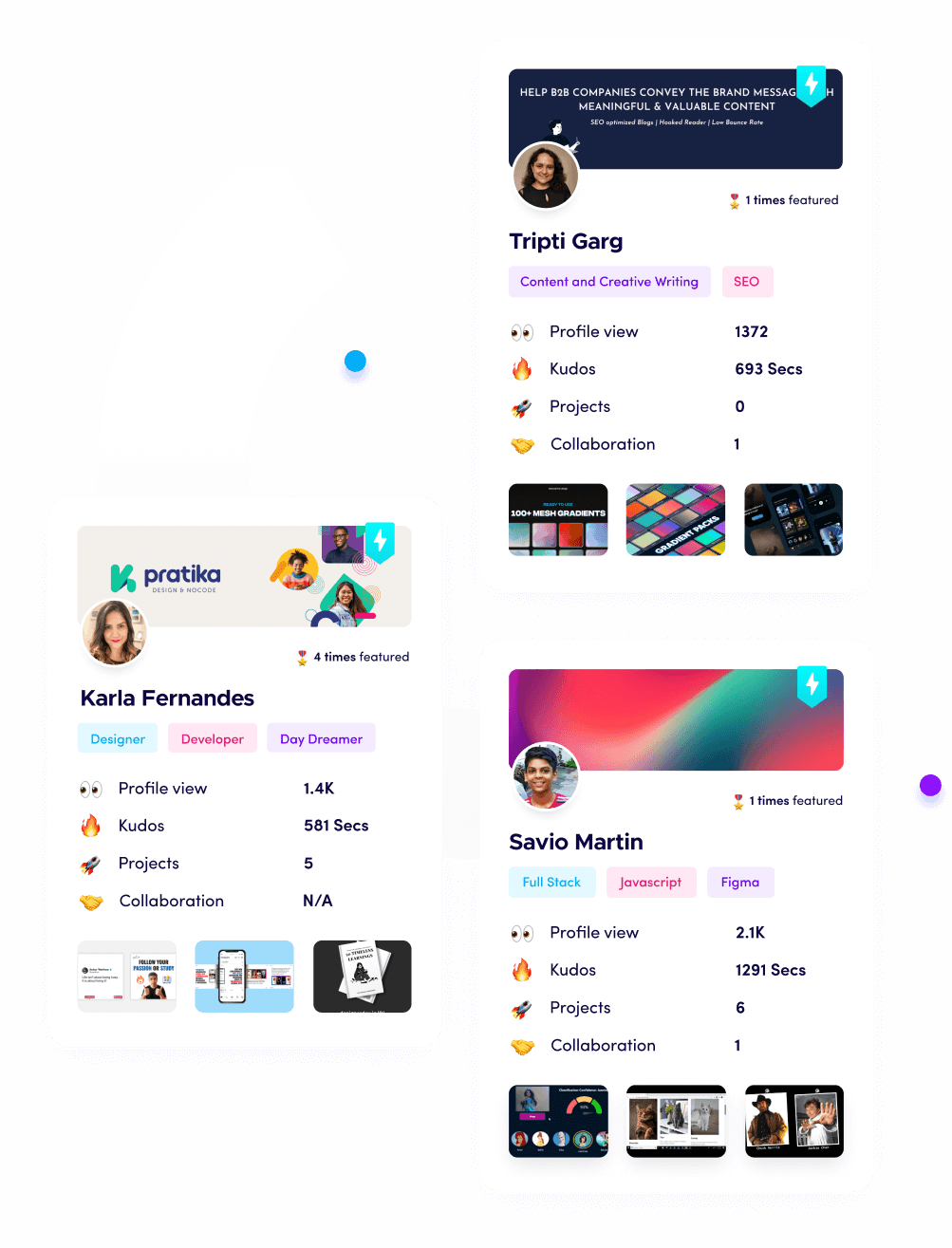Human Touch: 8 Tips on How to Make Your Technical Writing Relatable

Team Fueler
14 Sep, 2023

Have you ever read a technical document or blog post and felt totally lost in a sea of jargon and complex concepts? As writers, it's easy to get caught up in sounding "official" and forget that there are real people reading our work.
But the truth is, the most effective technical writing connects with readers by using a relatable, human voice.
In this post, I'll share 8 tips for adding more humanity into your technical writing.
Let's Dive in.
1. Write in Simple, Easy-to-Understand Language
When writing technical content, use simple words and short sentences. Avoid jargon and explain concepts clearly. Keep your readers in mind and imagine you're having a casual conversation with them.
For example, instead of "utilize standardized methodologies to facilitate leveraging scalable solutions", say something like: "Use simple step-by-step methods to easily improve large systems."
Break down complicated ideas into small, digestible bites. Use examples from everyday life so your reader can relate. Make your writing warm and personable. Add humor when appropriate.
Writing technically doesn't have to be boring. Engage your reader by speaking to them directly and showing how your content is relevant to their lives.
2. Use Analogies and Examples to Explain Complex Topics
To connect with your reader, use examples and analogies they can relate to. Compare that new blockchain technology to a shared digital ledger, or explain artificial intelligence as advanced algorithms that mimic human thinking.
Simple examples resonate and make complex topics accessible. Your readers will appreciate the clarity and understand the concepts much better. After all, a short, apt analogy is worth a thousand words of technical jargon.
3. Break Up Long Blocks of Text With Subheadings
Breaking up long paragraphs into shorter ones makes your writing much more readable.
As a reader, blocks of text can seem tedious and never-ending. Using subheadings helps guide the reader through the content in digestible chunks. Think of it like eating an elephant—you have to do it one bite at a time.
For technical topics, aim for 3 to 4 short paragraphs under each subhead. This allows you to explore an idea or concept in more depth without overwhelming the reader. Each subhead should have a clear and focused purpose.
Give the reader a roadmap by using a consistent subhead structure, like a number or letter system.
Double spacing between each subhead also improves readability and gives the reader’s eyes a rest.
4. Use Active Voice and Avoid Jargon
When writing technical content, using an active voice and avoiding jargon can help readers relate to your writing.
Instead of: “The analysis of the data was done by the scientists,” use: “The scientists analyzed the data.” This makes the writing less dull and helps the reader understand who is performing the action.
Avoid using too much technical jargon and industry terms. While a little jargon is fine for experts, too much will alienate casual readers. Define any terms that may confuse readers or use simpler synonyms. For example, instead of “CPU,” say “processor.”
Keep your writing clear and concise. Use examples and analogies to explain complex topics in an easy-to-understand way. Make your writing scannable by using headings, bold text, numbered lists, and bulleted points.
Keep it simple, show don’t tell, and put the human experience first.
5. Get Feedback From Non-Technical Readers
Getting feedback from readers outside of your technical field is key. Ask friends or family members to review your writing and provide constructive criticism.
Explain that you want to make the content easy to understand for non-experts. Have them point out sections that were confusing or overly complicated.
Then rework those parts using simpler terms and examples people can relate to.
6. Tell a Story and Use Anecdotes
Everyone has stories to share. Use anecdotes and examples from your own experience to connect with readers.
For example: "I once stayed up all night debugging a script I had written. After hours of frustration, I finally realized I had used = instead of == in an if statement. Such a small typo caused such a big headache! Lesson learned: always double-check your logic conditions."
Stories like this help to humanize technical content and build rapport with your audience.
Readers can relate to struggling with pesky bugs and gaining hard-won insights. Anecdotes also make information more memorable.
7. Use Visuals Like Charts and Infographics
Visuals are worth a thousand words. When writing technical content, don’t just rely on text to convey key concepts or processes.
Use Charts and Graphics
Diagrams, charts, graphs, and screenshots quickly demonstrate relationships, comparisons and workflows in a visual way that sticks with readers. They break up dense text and give readers an “at-a-glance” understanding of ideas.
For example, if explaining the steps in a complicated process, a flowchart can map it out visually. When comparing statistics or figures, a bar chart or pie graph shows the data in an easy-to-understand format, while a scatter plot graph maker can be used to highlight patterns and correlations between variables. Screen captures give readers a visual reference for following along with software demonstrations or device setups.
Visuals don’t just enhance technical writing, they enrich it.
8. Emphasize Benefits to the Reader
The most important thing to keep in mind when writing technical content is your reader. Make sure to convey the benefits of the topic to them. How will the information help them in their daily life or job?
For example:
"Following proper cable management techniques will keep your office space neat and organized. Tangled cords and cables create tripping hazards and look messy. Grouping cables together and securing them in place helps ensure safety and productivity."
Explaining the benefits and value to the reader gives them motivation to continue reading and apply the knowledge. Focusing on the reader's needs also helps to humanize the content and build connections, even in technical writing.
Conclusion
So there you have it - 8 actionable tips to make your technical writing more human and relatable.
Happy Writing.
Must Read
- Proof of Work for Technical Writers: Build Your Portfolio
- The Ultimate Guide to Guest Blogging: 4 Easy Steps
- An Ultimate Writing Guide to Become a Writer in 2023




